 Good for one ride on Sharky's Machine. 
Above is something a little different for you, a ticket made for the Japanese premiere of the 1981 neo-noir thriller Sharky's Machine, which starred Burt Reynolds, Rachel Ward, and uber-cool Bernie Casey. It's a special advance ticket that cost ¥1,500 on the day of the premiere—which was today in 1982, several months after its December U.S. premiere—but ¥1,200 if bought in advance. Those were pretty high prices—about $11.00 and $9.00, if our handy historical yen converter is correct. The movie played as half of an unlikely double bill with the Dudley Moore comedy Arthur. Interestingly, most sources say Sharky's Machine premiered in Japan on April 17, but at this cinema, at least, it showed up a week later. It's a pretty cool little memento.
 2nd Amendment, motherfucker. If you say it's your right, then it's my right too. 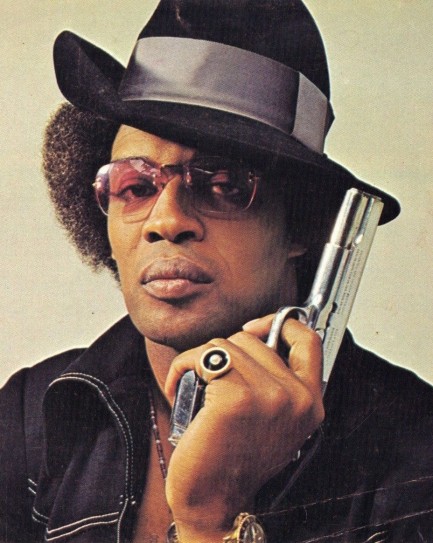
Bernie Casey exercises his right to bear a chrome plated Colt Super .38 automatic in this cool promo photo made for his 1972 blaxploitation flick Hit Man. We love Casey. He died just last year, and was pretty much unheralded, but he appeared in a lot of fun movies, including Sharky's Machine, The Man Who Fell To Earth, Cleopatra Jones, Boxcar Bertha, and Bill & Ted's Excellent Adventure. He also had the good fortune to get naked with both Pam Grier and Claudia Jennings. The Jennings scene is flat amazing, but the Grier scene, which is actually from Hit Man, is hilarious. As Grier climbs atop him and presses her naked body full length onto his the expression on his face reads something like: “Oh. My. Freaking. God.” That's probably the only time in his life he wasn't 100% cool.
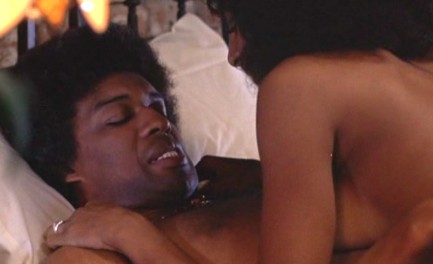
 Sharky's Machine hums along nicely, but only up to a point. 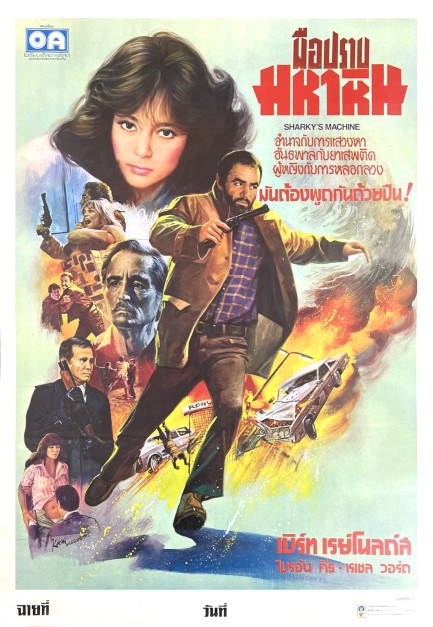
This poster was painted by the Thai illustrator Kwow for the 1981 thriller Sharky's Machine. Every blue moon or so Hollywood decides to update a ’40s film noir. Sometimes these are excellent movies—Body Heat as a rework of Double Indemnity comes to mind. Sharky's Machine is based on William Diehl's novel of the same name, which is a restyling of 1944's Laura. If you haven't seen Laura, a detective falls in love with a murdered woman, focusing these feelings upon her portrait, which is hanging over the mantle in her apartment. In Sharky's Machine the hero, Atlanta vice detective Burt Reynolds, falls in love with Rachel Ward via his surveillance of her during a prostitution investigation, and is left to deal with his lingering feelings when she's killed.
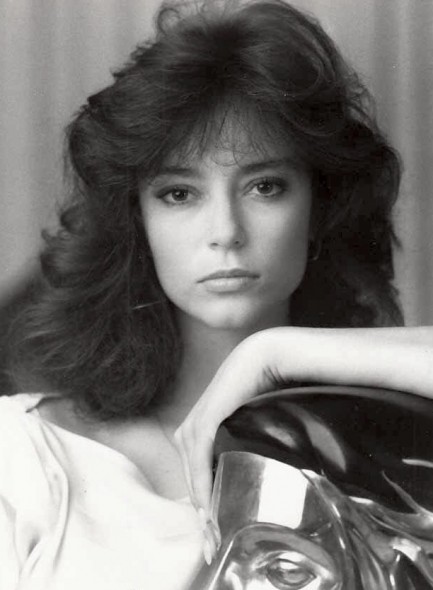 Ward observed years back that she had been too prudish in how she approached her roles, and we imagine this was one movie she had in mind. We agree with her. Reynolds' 24/7 surveillance of a high-priced hooker is not near frank enough. This is where vice, voyeurism, and sleaze as subtext should have come together overtly, as it does in Diehl's unflinchingly detailed novel, rather than as stylized montages, which is what Reynolds opts for. Ward observed years back that she had been too prudish in how she approached her roles, and we imagine this was one movie she had in mind. We agree with her. Reynolds' 24/7 surveillance of a high-priced hooker is not near frank enough. This is where vice, voyeurism, and sleaze as subtext should have come together overtly, as it does in Diehl's unflinchingly detailed novel, rather than as stylized montages, which is what Reynolds opts for. Sex and nudity aren't always gratuitous. The plot driver in old film noirs is often sex, but it couldn't be shown. Remaking a noir affords the opportunity to explore the sexual aspect further, as in Body Heat, where it's literally the lure of sex with no boundaries—exemplified by that famous (but implied) anal scene—that snares the hero in an insane murder plot. In Sharky's Machine it's sexual objectification that is the initial driver. Reynolds loves Ward's body first and her personality later, but the surveillance that is the key to this is barely explored.
It's a missed opportunity to not only make a better thriller, but to examine this lust-to-love transition as an aspect of all romantic relationships. Reynolds doubled as both star and director of the film, and while his relative newbie status in the latter realm may be a reason he didn't push the envelope, he still manages in his third outing helming a motion picture to put together a final product that is stylish, dark, and neon-streaked—everything a neo-noir should be. Upon release many critics had problems with tone—violence and humor seemed to clash. Reynolds' was a semi-comedic cinematic figure and his previous two directorial efforts had been comedies, which may have led to jokes leaking into unusual moments of the film. But these days the mix of violence and comedy is common, so we doubt you'll be terribly annoyed by these few incongruities.
The main flaw with the movie, besides its chasteness, is not its tone, but that it feels compressed in the latter third, especially as relates to the love subplot. True, the film is already a shade over two hours long, but it's time that flies by, populated as it is by so many interesting roles and great actors (Bernie Casey, Brian Keith, Vittorio Gassman, Charles Durning). Another seven minutes would not have hurt. Still, we recommend this one. It should have been as bold a noir rework as Body Heat, but there's plenty to entertain in other areas, and Hollywood may make this film perfect yet—a new version of Sharky's Machine is in development with Mark Wahlberg in the lead. Hah hah—who are we kidding? They'll screw it up completely. You already know that. 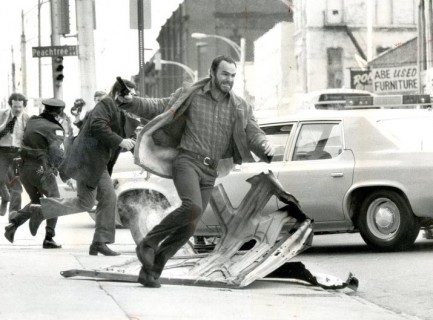 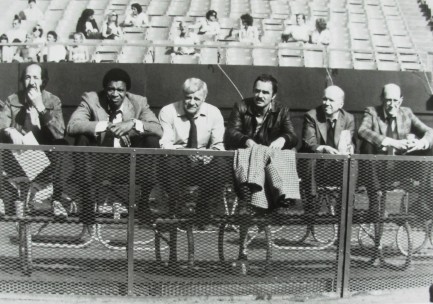 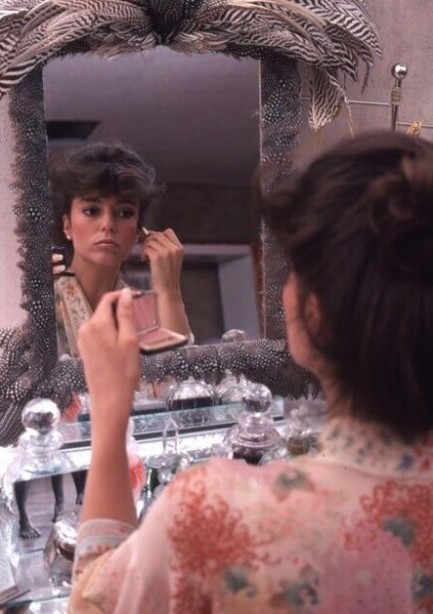 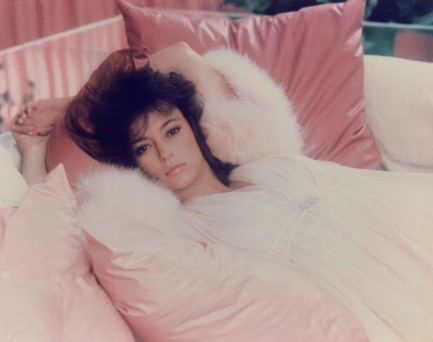 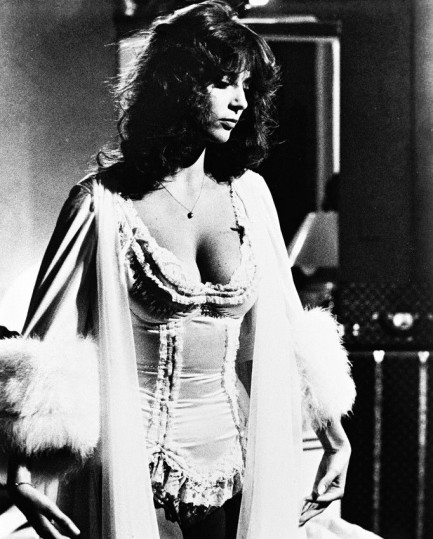 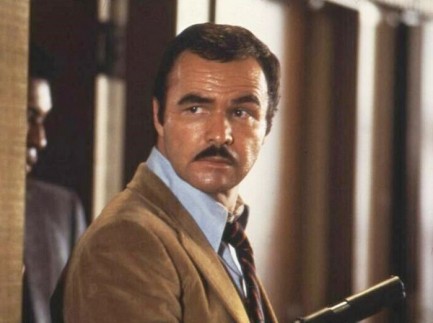  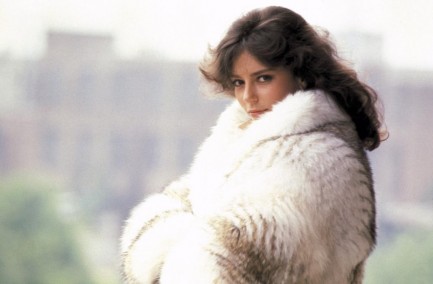 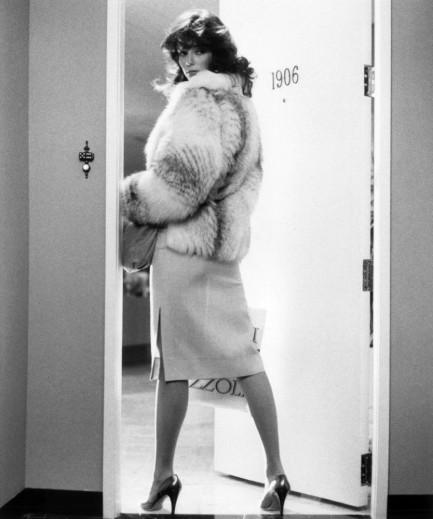 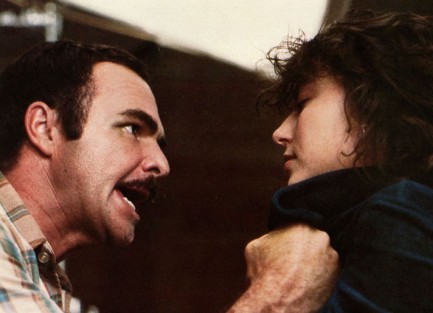 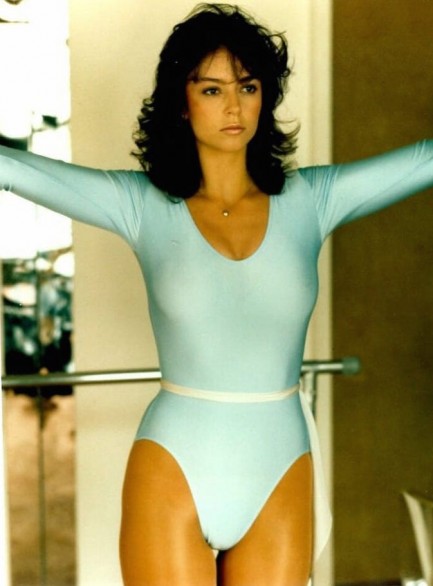  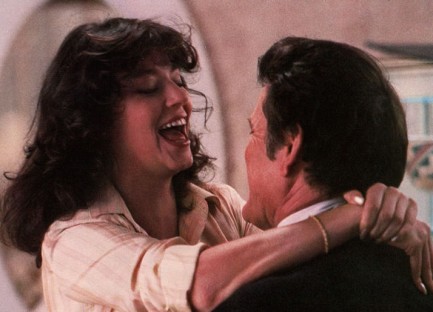 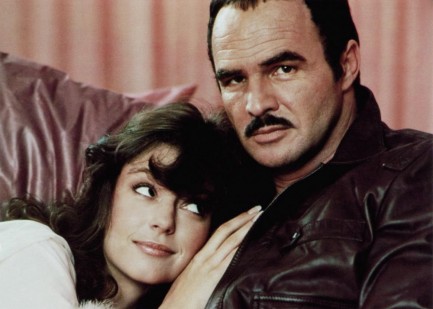
 Les yeux de la terreur had little going for it except Rachel Ward. 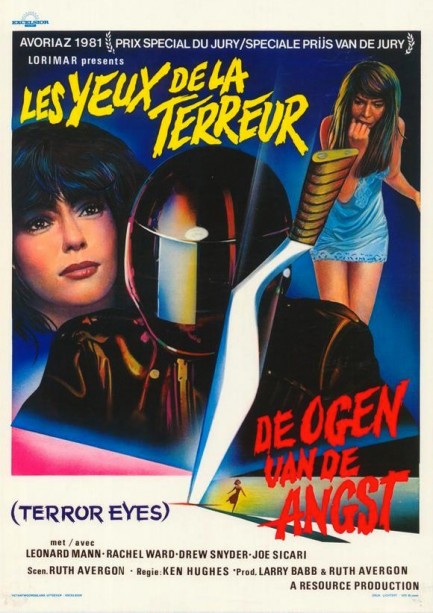
Les yeux de la terreur, aka, Terror Eyes is an unremarkable little thriller about a serial decapitator on a college campus. It isn’t very scary, and it isn’t very entertaining, despite its deliberate resemblance to classic Italian giallo. But opinions vary, and as you can see by looking at the above poster, it won the Jury Prize at the 1981 Avoriaz Film Festival, which goes to show that horror fans are so desperate for anything that resembles art they’ll hear Edith Piaf in a victim’s screams and see Jackson Pollack in his blood splatters. But one thing you don’t have to look very hard for here is British bombshell Rachel Ward in her first film appearance. She would later star in the quirky but satisfying neo noir Sharky’s Machine, the somewhat less satisfying noir rehash Against All Odds, the noir send-up Dead Men Don’t Wear Plaid, and the excellent modern Aussie noir After Dark My Sweet. That’s a lot of noir, which is why she’s a favorite actress around here. As a side note, she gave an interview a while back in which she confessed that as a result of aging a bit and losing some of her extraordinary physical beauty, she wished she’d done more nude scenes. Funny, we were thinking the same thing. Les yeux de la terreur—which would later become known in the U.S. not as Terror Eyes, but as Night School—premiered at Avoriaz in January, and in Paris today in 1981.
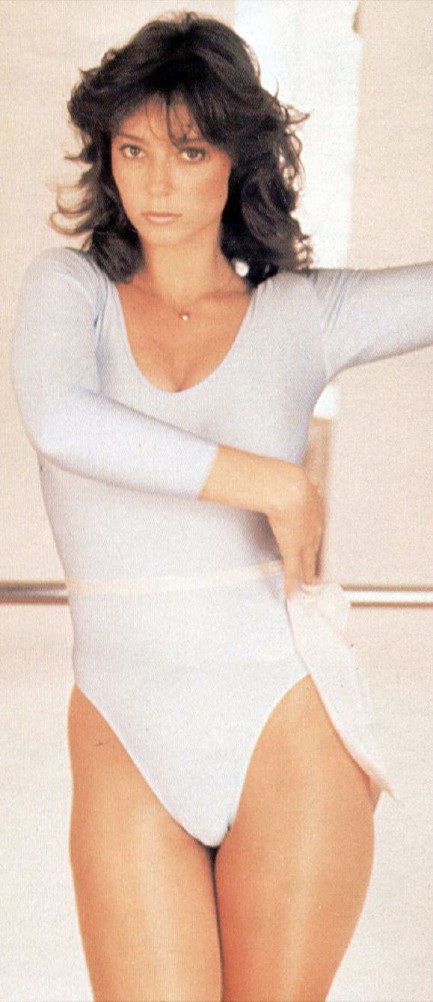
|
 |

The headlines that mattered yesteryear.
2003—Hope Dies
Film legend Bob Hope dies of pneumonia two months after celebrating his 100th birthday. 1945—Churchill Given the Sack
In spite of admiring Winston Churchill as a great wartime leader, Britons elect
Clement Attlee the nation's new prime minister in a sweeping victory for the Labour Party over the Conservatives. 1952—Evita Peron Dies
Eva Duarte de Peron, aka Evita, wife of the president of the Argentine Republic, dies from cancer at age 33. Evita had brought the working classes into a position of political power never witnessed before, but was hated by the nation's powerful military class. She is lain to rest in Milan, Italy in a secret grave under a nun's name, but is eventually returned to Argentina for reburial beside her husband in 1974. 1943—Mussolini Calls It Quits
Italian dictator Benito Mussolini steps down as head of the armed forces and the government. It soon becomes clear that Il Duce did not relinquish power voluntarily, but was forced to resign after former Fascist colleagues turned against him. He is later installed by Germany as leader of the Italian Social Republic in the north of the country, but is killed by partisans in 1945.
|

|
|

It's easy. We have an uploader that makes it a snap. Use it to submit your art, text, header, and subhead. Your post can be funny, serious, or anything in between, as long as it's vintage pulp. You'll get a byline and experience the fleeting pride of free authorship. We'll edit your post for typos, but the rest is up to you. Click here to give us your best shot.

|
|







 Ward observed years back that she had been too prudish in how she approached her roles, and we imagine this was one movie she had in mind. We agree with her. Reynolds' 24/7 surveillance of a high-priced hooker is not near frank enough. This is where vice, voyeurism, and sleaze as subtext should have come together overtly, as it does in Diehl's unflinchingly detailed novel, rather than as stylized montages, which is what Reynolds opts for.
Ward observed years back that she had been too prudish in how she approached her roles, and we imagine this was one movie she had in mind. We agree with her. Reynolds' 24/7 surveillance of a high-priced hooker is not near frank enough. This is where vice, voyeurism, and sleaze as subtext should have come together overtly, as it does in Diehl's unflinchingly detailed novel, rather than as stylized montages, which is what Reynolds opts for.




















































































